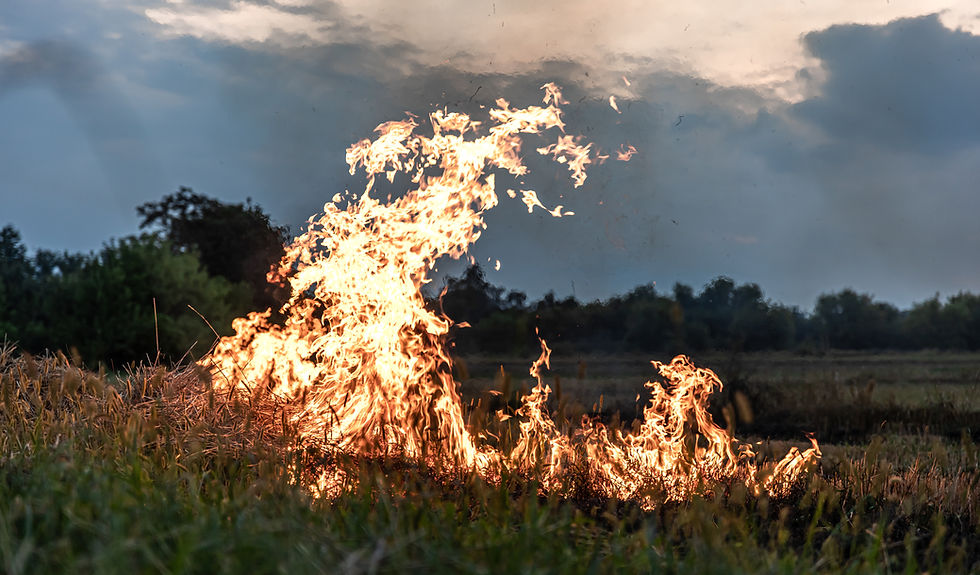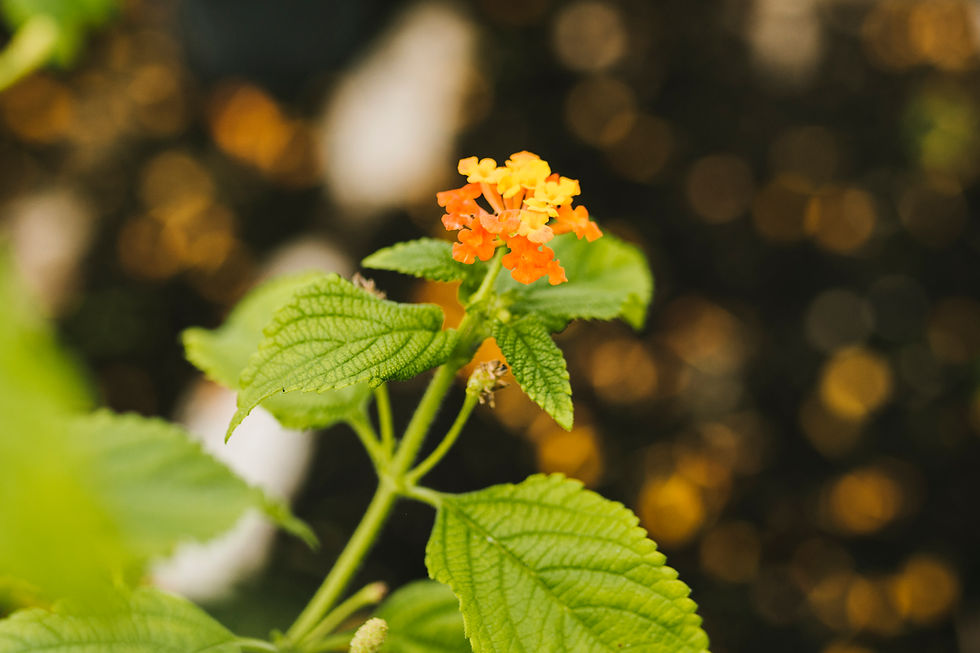When Vines Take Over: Are We Missing the Message?
- Wolfscape

- Aug 4
- 2 min read
Updated: Aug 10

You don’t have to look far to find vines choking the bush — wrapping around trees, smothering fences, and turning gullies into curtains of green. One of the worst offenders across eastern Australia is Madeira vine (Anredera cordifolia), a declared noxious weed known for its fleshy leaves, aerial tubers, and devastating impact on native vegetation.
But what if there’s more going on than just chaos?
What is Madeira Vine?
Originally introduced as an ornamental plant, Madeira vine grows aggressively in warm, moist conditions. It climbs trees, fences, sheds — anything it can reach — forming heavy mats that block sunlight, break branches, and bring entire trees down.
It’s classified as a Weed of National Significance for a reason:
Extremely hard to kill
Spreads from tiny fragments or tubers
Can dominate forests, riparian zones, and bushland in just a few seasons
The Conventional View
Most land managers see Madeira vine as a threat to native bush — and rightly so. It:
Collapses tree canopies
Smothers understorey
Disrupts fire regimes
Spreads rapidly via soil or water movement
So we cut it, spray it, dig it up, and burn it. And we should — if we want to restore biodiversity. But at Wolfscape, we also ask: why is it thriving here in the first place?
A Different Perspective: The Biomass Theory
Here’s something to consider: What if nature is using vines to break down what’s no longer working — and rebuild the system from the ground up?
When a landscape is degraded — compacted soils, invasive grasses, declining tree health — succession stalls. Nature needs a reset button.
Enter the vine.
Vines like Madeira topple old trees, creating canopy gaps and adding huge amounts of organic matter to the forest floor. This may look destructive — but it also:
Feeds the soil
Creates space for new plant communities
Increases microbial activity
Sets the stage for early-succession species to move in
In other words: vines may be agents of collapse — but also of renewal. They speed up decomposition and force the ecosystem back into motion.
What Wolfscape Does About It
We still treat Madeira vine as a high-priority weed — but we do so with succession in mind.
We assess what’s growing beneath the vine (and what could grow there)
We avoid removing canopy collapses too early if they’re feeding the soil
We follow up with succession-supportive strategies like mulching, passive regeneration, or pioneer species planting
We educate landholders to see not just the weed, but the why
In the end, we’re not fighting nature — we’re helping guide it in a better direction.




Comments